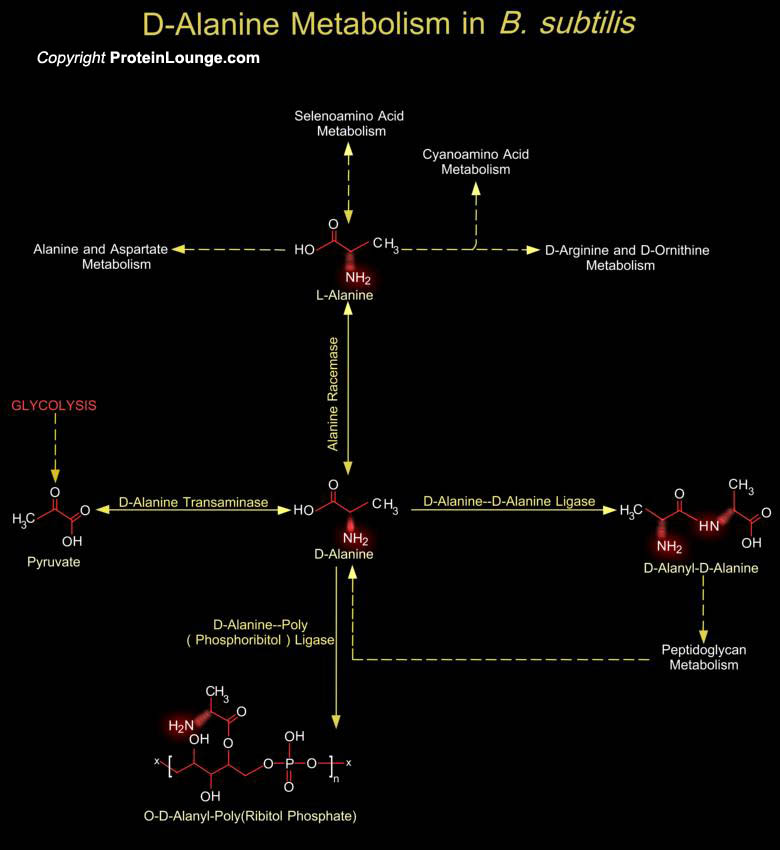
Bacilli are an extremely diverse group of bacteria that include both the causative agent of anthrax (Bacillus anthracis) as well as several species that synthesize important antibiotics. Bacilli are rod-shaped, Gram-positive, sporulating, aerobes or facultative anaerobes. Bacilli exhibit an array of physiologic abilities that allow them to live in a wide range of habitats, including many extreme habitats such as desert sands, hot springs, and Arctic soils. Species in the genus Bacillus can be thermophilic, psychrophilic, acidophilic, alkaliphilic, halotolerant, or halophilic and are capable of growing at pH values, temperatures, and salt concentrations where few other organisms can survive. Due to the metabolic diversity in the genus Bacillus, Bacilli are able to[..]

Bacilli are an extremely diverse group of bacteria that include both the causative agent of anthrax (Bacillus anthracis) as well as several species that synthesize important antibiotics. Bacilli are rod-shaped, Gram-positive, sporulating, aerobes or facultative anaerobes. Bacilli exhibit an array of physiologic abilities that allow them to live in a wide range of habitats, including many extreme habitats such as desert sands, hot springs, and Arctic soils. Species in the genus Bacillus can be thermophilic, psychrophilic, acidophilic, alkaliphilic, halotolerant, or halophilic and are capable of growing at pH values, temperatures, and salt concentrations where few other organisms can survive (Ref.1, 2 & 4). Due to the metabolic diversity in the genus Bacillus,[..]

Bacilli are rod-shaped, Gram-positive, sporulating, aerobes or facultative anaerobes. Bacilli exhibit an array of physiologic abilities that allow them to live in a wide range of habitats, including many extreme habitats such as desert sands, hot springs, and Arctic soils. Species in the genus Bacillus can be thermophilic, psychrophilic, acidophilic, alkaliphilic, halotolerant, or halophilic and are capable of growing at pH values, temperatures, and salt concentrations where few other organisms can survive (Ref.1, 2 and 4). Due to the metabolic diversity in the genus Bacillus, Bacilli are able to colonize a variety of habitats ranging from soil to insects, to humans. The three species of the Group-1 Bacilli, B. anthracis, B. cereus, and B. thuringiensis, are[..]
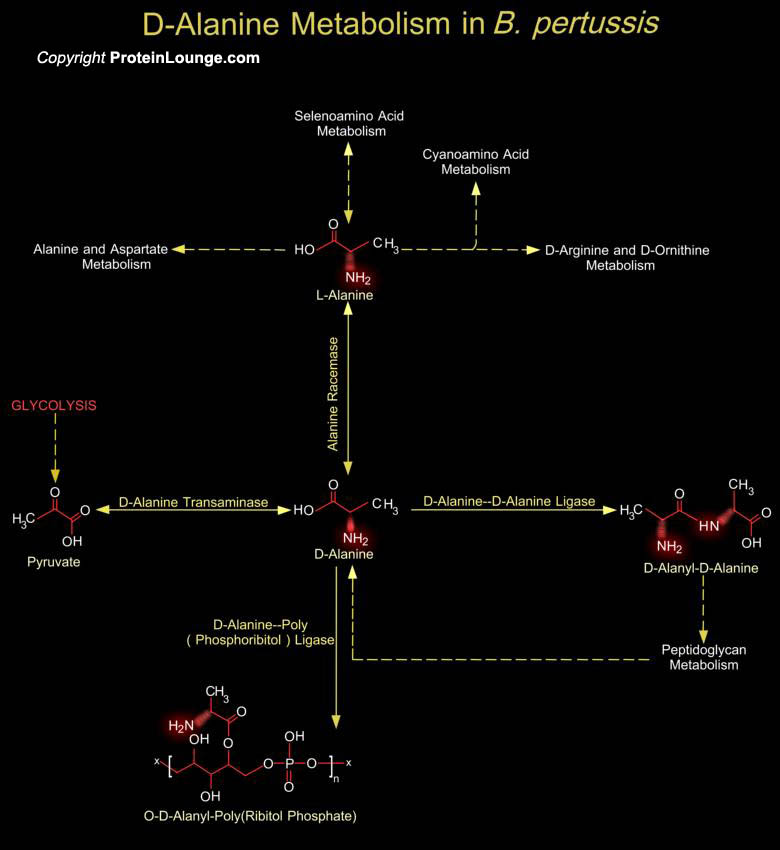
Bordetella pertussis, Bordetella parapertussis and Bordetella bronchiseptica are closely related Gram-negative Beta-proteobacteria that colonizes the respiratory tracts of mammals. B. pertussis is a strict human pathogen of recent evolutionary origin and is the primary etiologic agent of whooping cough. D-Alanine is a necessary precursor in the biosynthesis of cell wall in this bacterium (Ref.1). The naturally occurring L-Alanine isomer is racemized to its D-form through the action of a class of enzymes called AlRs (Alanine Racemase). This enzyme is ubiquitous among prokaryotes and with very few exceptions are absent in eukaryotes (Ref.2). It catalyzes the racemization of L-Alanine and D-Alanine, using Pyridoxal 5'-Phosphate as a cofactor and is involved in[..]
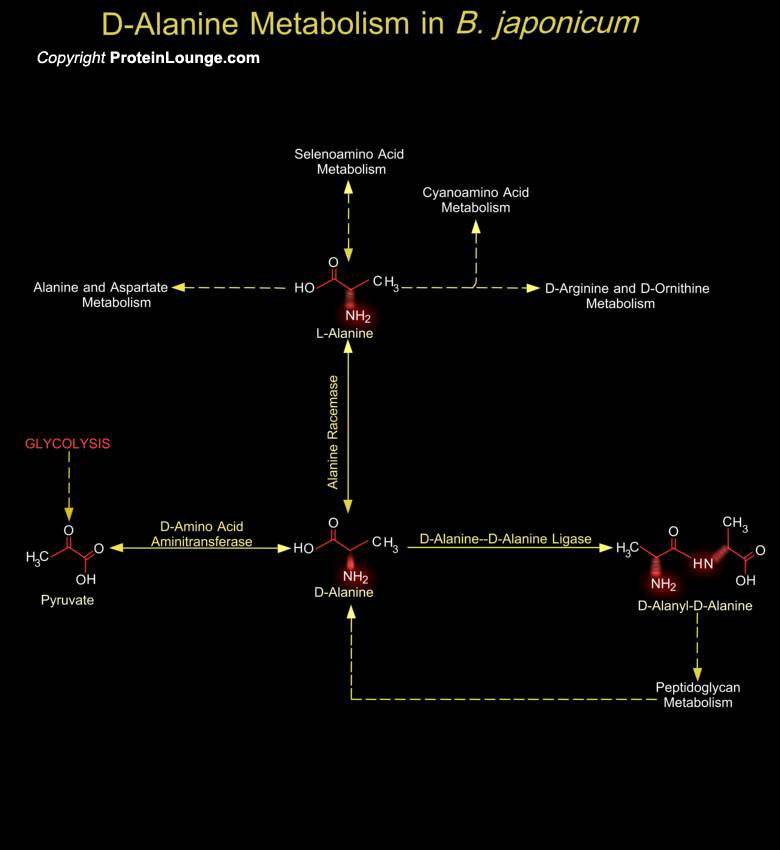
Rhizobium, Bradyrhizobium, Mesorhizobium, Sinorhizobium and Azorhizobium-known as Rhizobia-are Gram-negative, nitrogen-fixing bacteria of agronomic importance because they perform nitrogen-fixing symbiosis with leguminous plants. They are responsible for the world’s largest portion of fixed atmospheric nitrogen. Bradyrhizobium japonicum(B. japonicum) has been used since 1957 in molecular genetics, physiology, and ecology due to its excellent ability in symbiotic nitrogen fixation. Nodule formation and the subsequent nitrogen-fixation result from a series of interactions controlled by the exchange of molecular signals between symbiotic bacteria and host plants followed by expression of genes from both symbiotic partners. B. japonicum is able to form[..]
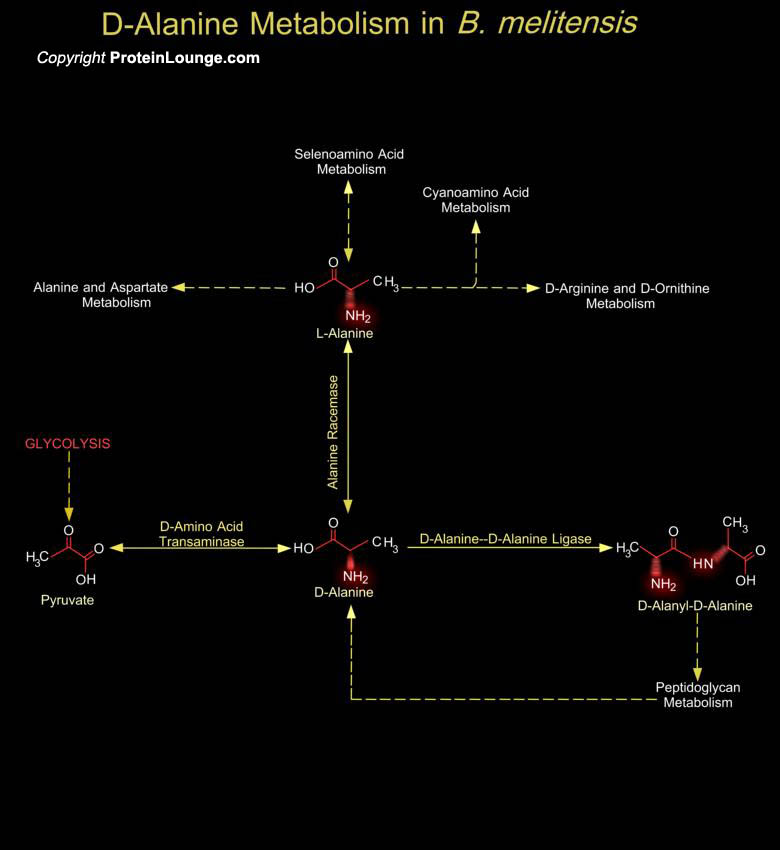
Brucella is a Gram-negative aerobic pathogen that is distringuished from most other pathogens because it does not have "obvious virulence factors" like capsules, fimbriae, flagella, exotoxins, exproteases, or other exoenzymes, cytolysins, resistance forms, antigenic variation, plamids, or lysogenic phages. Brucella sp. causes a "zoonotic disease endemic in many areas of the world, characterized by chronic infections in animals leading to abortion and infertility, and a systemic, febrile illness in humans". Brucella melitensis is the cause of brucellosis in goats, cattle, sheep, pigs, dogs, marine mammals, and several wild animals. Goats are the natural hosts for B. melitensis. This bacterium is also the cause of a rarer, more severe systemic[..]
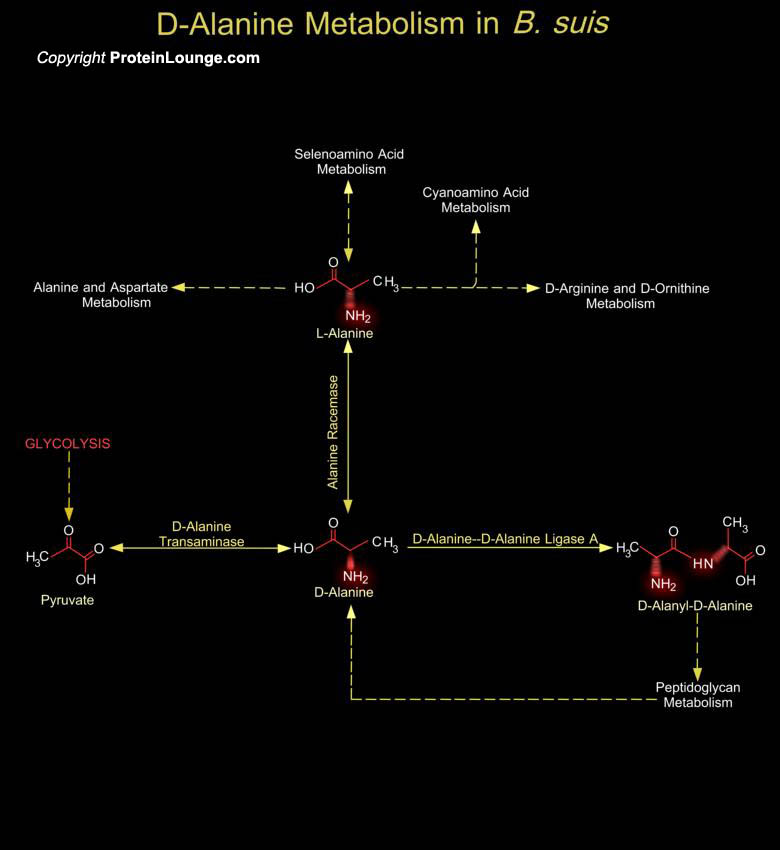
Bacteria of the genus Brucella are Gram-negative facultative intracellular pathogens of various wild and domestic mammals and are able to cause brucellosis, a severe zoonotic infection affecting ruminants, pigs, dogs, rodents, and cetacean. Traditionally, three major species are distinguished by their predilections for certain animal hosts: Brucella abortus for cattle, Brucella melitensis for caprines, and Brucella suis for hogs. Whereas B. abortus is the livestock pathogen with the greatest economic impact, B. melitensis and B. suis account for most clinical cases in humans (Ref.1). Human brucellosis, or Malta fever, is a serious debilitating disease that is rife in endemic areas including the Mediterranean basin and Latin America. The key aspect of Brucella virulence[..]

The Clostridia are a diverse group of Gram-positive, rod-shaped anaerobes that include several toxin-producing pathogens (notably Clostridium difficile, Clostridium botulinum, Clostridium tetani, Clostridium acetobutylicum and Clostridium perfringens) and a large number of terrestrial species that produce acetone, butanol, ethanol, isopropanol, and organic acids through fermentation of a variety of carbon sources. C. acetobutylicum strain ATCC 824 has been used for the industrial production of acetone, butanol, and ethanol by the fermentation of carbohydrates. This organism is able to utilize a wide range of carbohydrate substrates, including the polymers starch and xylan and saccharides such as glucose, xylose, and cellobiose (Ref.1). The cell wall of C.[..]
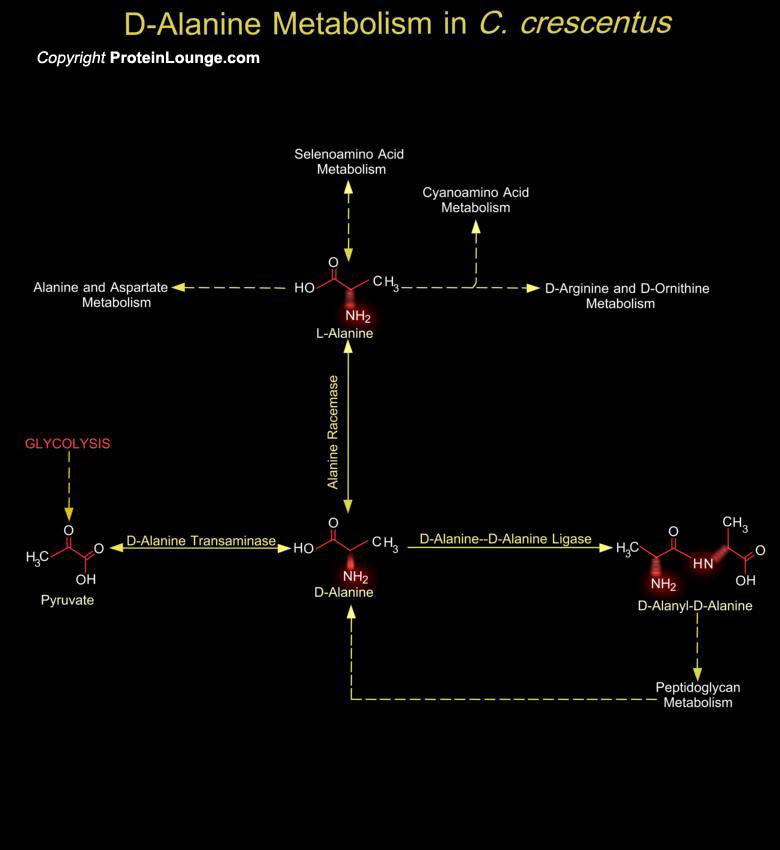
Caulobacter crescentus is a Gram-negative non-pathogenic bacterium that grows in dilute aquatic environments. It is a member of the Alpha-subdivision of Proteobacteria. C. crescentus invariably differentiates and divides asymmetrically at each cell cycle. C. crescentus is a simple and highly manipulable single-celled model system to study cellular differentiation, asymmetric division, and their coordination with Cell Cycle progression (Ref.1). The cell wall of this bacterium is a unique biopolymer, containing both D- and L-Amino acids. The terminal peptide is D-Alanine although other amino acids are present as D-isomers and this is the only known biological molecule that contains D-Amino acids, which are responsible for the building of peptidoglycan. A key step in[..]
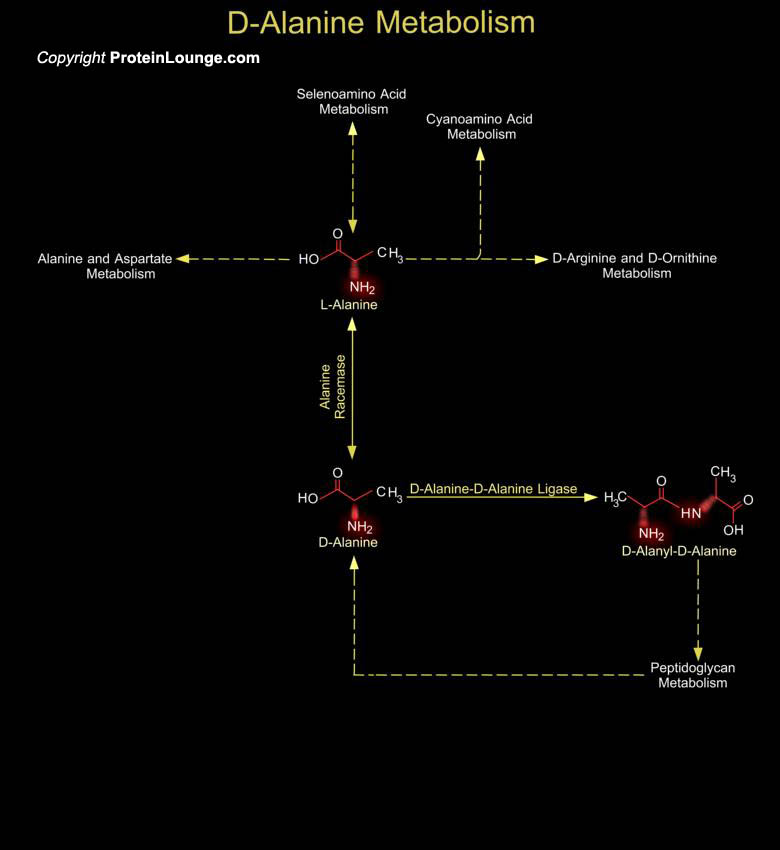
The bacterial cell wall is a unique biopolymer, containing both D- and L-Amino acids. Its basic structure is a carbohydrate backbone of alternating units of N-Acetyl Glucosamine and N-Acetyl Muramic Acid. The N-Acetyl Muramic Acid residues are cross-linked with oligopeptides. The terminal peptide is D-Alanine although other amino acids are present as D- isomers and this is the only known biological molecule that contains D-Amino acids, which are responsible for the building of peptidoglycan. The cell wall of Gram-positive bacteria is largely made up of pepidoglycan. A key step in peptidoglycan layer assembly and deposition is the subsequent enzymic cross-linking of one peptidoglycan strand to an adjacent one in cell wall growth. Protonated D-Alanyl Ester residues, one[..]
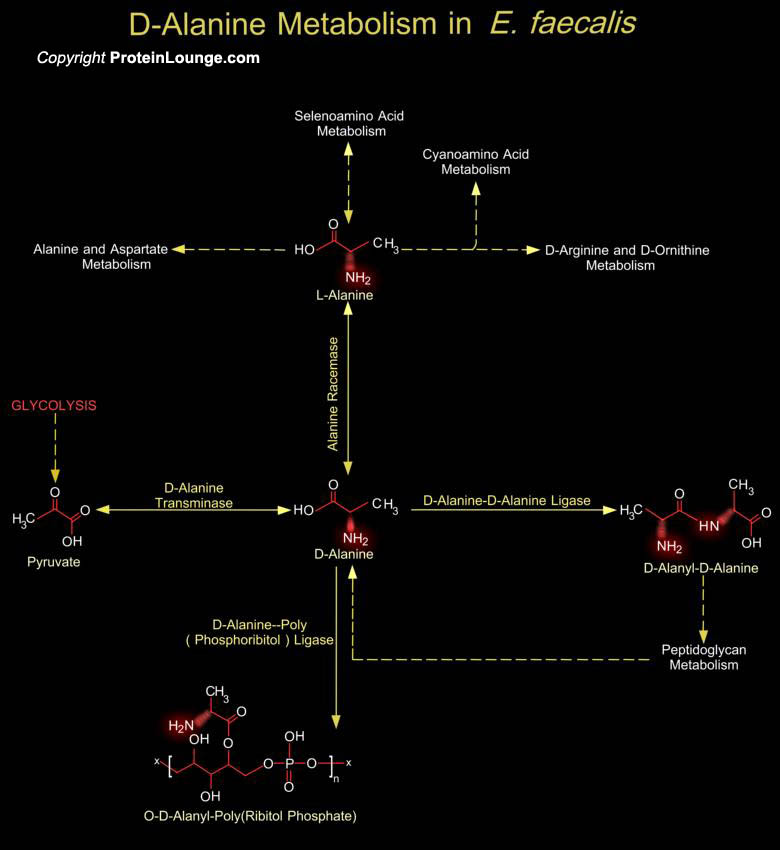
Enterococci are Gram-positive, facultative anaerobic and lactic acid producing bacteria. Most strains are nonhemolytic. Enterococcus faecalis (also known as Streptococcus faecalis), the second most frequent enterococcal species, is a saprophytic commensal that inhabits the oral cavity and gastrointestinal flora of humans and animals, although it can behave as an opportunistic pathogen causing severe urinary tract infections, surgical wound infections, bacteremia, and bacterial endocarditis. Over the past 2 decades, E. faecalis has become responsible for up to 12% of nosocomial infections, with mortality rates for bloodstream infections ranging from 20 to 68% depending on the patient population. The increased incidence of E. faecalis infection has been related to the[..]
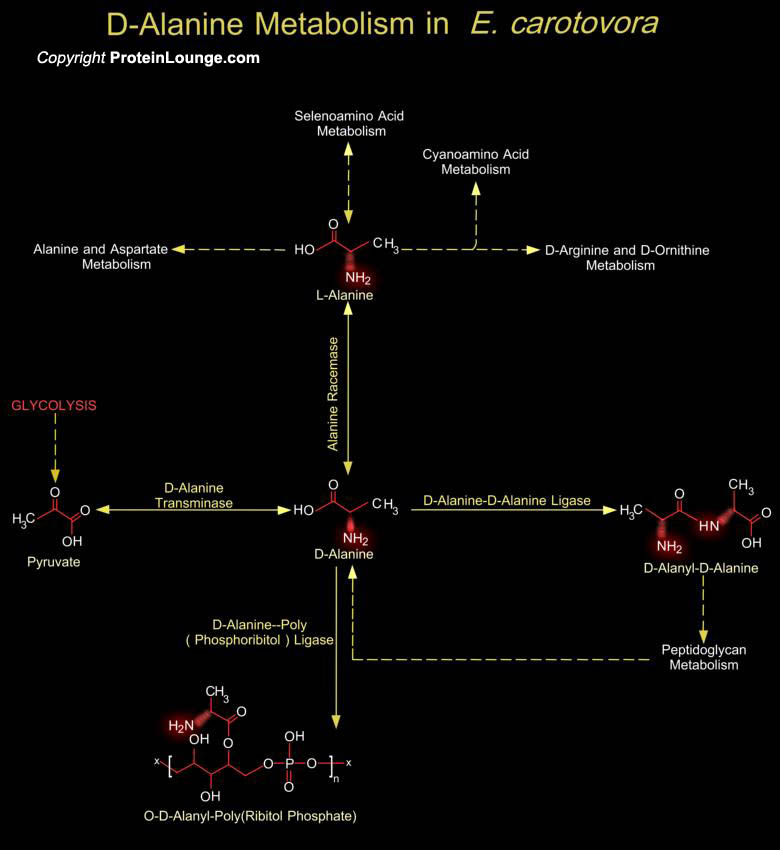
Erwinia carotovora is a member of the “soft-rot” group of Erwinias and is capable of causing tissue maceration and disease among a broad host range of plants, especially potato tubers held in storage. D-Alanine is a necessary precursor in the biosynthesis of peptidoglycan layer in Erwinia carotovora. The naturally occurring L-Alanine isomer is racemized to its D-form through the action of a class of enzymes called AlRs (Alanine Racemase). This enzyme is ubiquitous among prokaryotes and with very few exceptions are absent in eukaryotes. All known bacteria require D-Alanine, whereas only L-Alanine is used in mammalian protein synthesis. L-Alanine is also a product of several other metabolic pathways like Cyanoamino Acid Metabolism, Selenoamino Acid[..]

